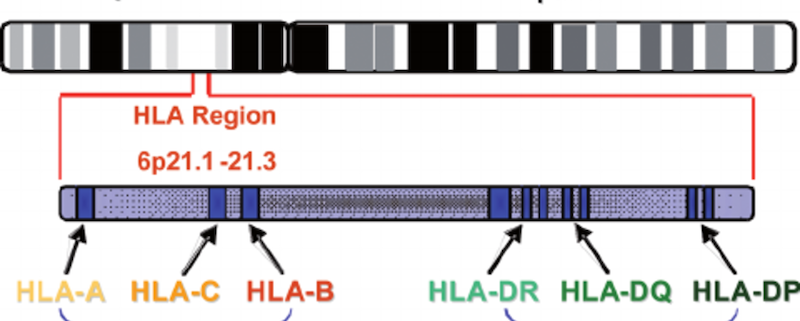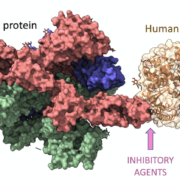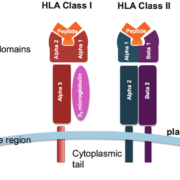The Top 5 Misconceptions with HLA Genes and Immunology
The Human Leukocyte Antigen (HLA) system is a complex genetic system that plays a critical role in the immune response. It is essential for the identification and elimination of foreign substances in the body. Despite its importance, there are several misconceptions surrounding HLA genes and their association with immunology. In this blog post, we will debunk the top five myths and misconceptions about the HLA system.
Myth 1: All HLA genes are the same
Contrary to popular belief, HLA genes are highly polymorphic, meaning that there are many different forms of each gene. This variation is critical for the immune system’s ability to recognize a wide range of foreign substances, making it harder for pathogens to evade detection. The remarkable diversity of the HLA system is one of the key factors that contribute to the robustness and adaptability of the human immune system.
Myth 2: HLA genes only play a role in organ transplantation
While the HLA system is indeed crucial for successful organ transplantation, its role extends far beyond that. HLA genes are also involved in the immune response to infections, autoimmune diseases, and some types of cancer. The HLA system works by presenting antigens to the immune system, enabling it to recognize and respond to various threats.
Myth 3: HLA matching guarantees successful transplantation
Although HLA matching is essential for reducing the risk of organ rejection, it is not the only factor that impacts transplant success. Other factors, such as immune system suppression and overall health, can also play a role. Additionally, a perfect HLA match does not guarantee that the recipient’s immune system will not recognize the donor organ as foreign. Transplant success is a complex interplay of various factors, and HLA matching is just one of them.
Myth 4: HLA genes only determine susceptibility to certain diseases
HLA genes do play a role in disease susceptibility, but they are not the sole determinants. Environmental factors, lifestyle, and other genetic components also contribute to disease risk. Moreover, the presence of certain HLA types may increase the risk for some diseases while providing protection against others. Understanding the complex relationship between HLA genes and disease susceptibility requires considering multiple factors and their interactions.
Myth 5: HLA typing is only relevant for organ donors and recipients
HLA typing has numerous applications beyond transplantation. It can provide valuable information for predicting drug responses, assessing disease risk, and understanding the genetic basis of immune-related diseases. HLA typing has also been used in forensic investigations and anthropological studies to trace human migration patterns and population diversity. In short, HLA typing is a versatile tool with a wide range of applications in medicine and research.
Conclusion
The HLA system plays a vital role in the immune response and is integral to our understanding of human immunology. By debunking these common misconceptions, we can better appreciate the complexity and significance of the HLA system. As research continues to uncover new insights into the HLA system and its role in various diseases, we can hope for better diagnostics, treatments, and preventive strategies in the future.







 The Sequencing Center
The Sequencing Center

Leave a Reply
Want to join the discussion?Feel free to contribute!